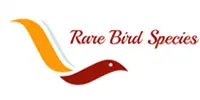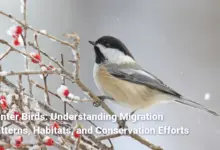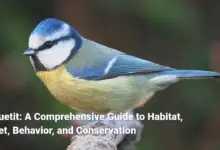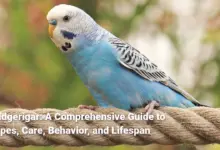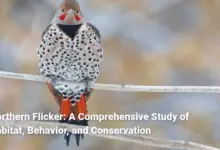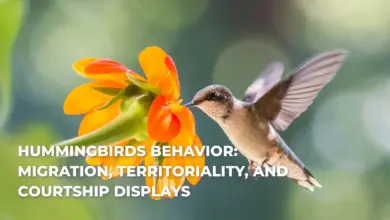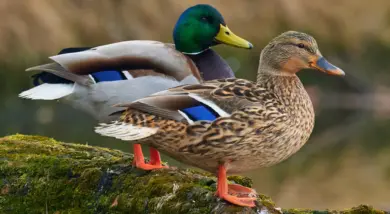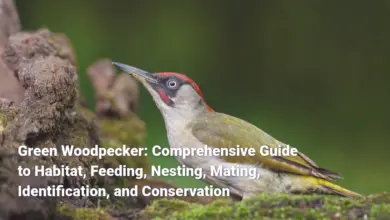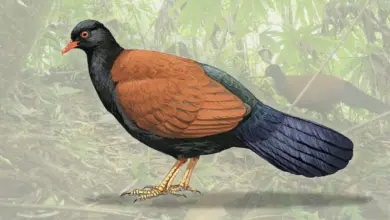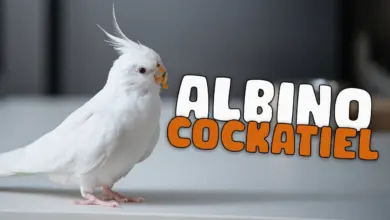Cormorant: A Comprehensive Guide to Types, Characteristics, Habitat, Behavior, and Conservation
An In-Depth Look at Cormorants: Types, Traits, Habitat, Behavior, Conservation, and Cultural Impact
Cormorants are fascinating aquatic birds that belong to the family Phalacrocoracidae. This family encompasses around 40 species, including some of the most recognizable waterbirds in the world. Known for their elegant silhouettes, powerful diving skills, and social behaviors, cormorants thrive both in freshwater and coastal marine environments.
These birds can often be seen perched on rocky outcrops or boats, wings outstretched, drying their feathers. Their nutritional adaptability, primarily feeding on fish, underscores their role in aquatic ecosystems and human cultures alike. Not only do cormorants influence fish populations, but they also play an integral part in traditional fishing practices in various regions. In this article, we will explore the diverse types of cormorants, their physical characteristics, habitats, behaviors, conservation status, and cultural significance.
Types of Cormorants
Cormorants are more than just their dark plumage and impressive diving abilities; they are a diverse family with various species exhibiting unique traits and adaptations. Think of cormorants as the ocean’s versatile athletes, capable of thriving in multiple aquatic environments from rocky shores to the serene lakes of the interior.
Here’s a quick comparison of a few notable cormorant species:
- Great Cormorant (Phalacrocorax carbo): The most widespread species. It typically favors coastal areas, lakes, and rivers, displaying a stocky build and a considerable wingspan.
- Brandt’s Cormorant (Phalacrocorax penicillatus): Found mainly along the Pacific coast, this species is known for its striking plumage and remarkable diving depth, reaching over 200 feet.
- Double-crested Cormorant (Phalacrocorax auritus): A common sight across North America, this cormorant is distinguished by its double crest during breeding and its habit of roosting in large groups.
- Neotropic Cormorant (Phalacrocorax brasilianus): Thriving in warmer climates, this cormorant prefers freshwater habitats and has a distinctive long, thin bill.
The adaptability and ecological roles of these species highlight the cormorant family’s importance in various environments. Their diversity also enables them to fulfill unique roles within ecosystems, influencing fish populations and local aquatic biodiversity.
Great Cormorant
The Great Cormorant, or Phalacrocorax carbo, has an expansive range, thriving across Europe, Asia, and parts of Africa. Its adaptable nature allows it to inhabit coastal areas, lakes, and rivers, showcasing a unique blend of flexibility and resilience. At first glance, one might be drawn to its impressive size and robust form, with a wingspan ranging from 130 to 160 cm. This bird’s prominent neck holds a larger-than-life presence, as it dives gracefully through the water, capturing prey with remarkable efficiency.
During the breeding season, Great Cormorants display exciting plumage changes. Their predominantly dark feathers become enhanced by striking white patches on their throats and thighs, a vibrant contrast that emphasizes their breeding readiness. Think of this transformation like a stately figure donning an elegant outfit for a grand occasion, a sight to behold as they engage in courtship displays.
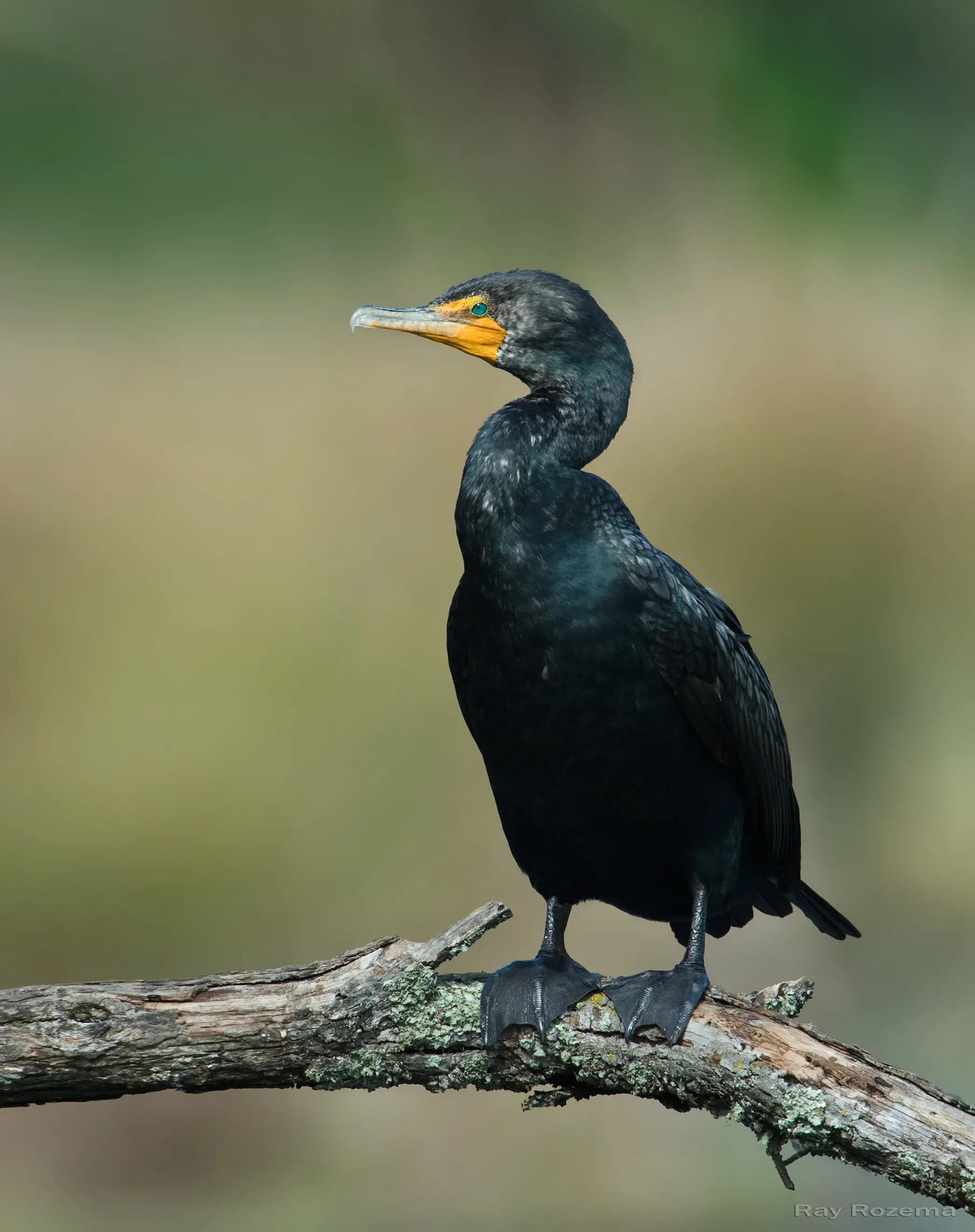
Great Cormorants primarily feast on bottom-dwelling fish, showcasing their adept hunting skills as they dive underwater. Their feeding habits are as impressive as their appearance. They often rest on rocky shorelines and jetties, preferring locations that provide ample food sources. This adaptability leads to intriguing behaviors, such as drying their wings in the sun after diving a spectacle that emphasizes their waterproof feathers’ limited nature.
The Great Cormorant’s ecological role as a predator not only shapes local fish populations but also creates an interesting dynamic with human activities, especially in fisheries management. Understanding its interactions with the ecosystem provides insight into its importance within aquatic environments.
Brandt’s Cormorant
Brandt’s Cormorant, scientifically recognized as Urile penicillatus, is a captivating marine bird primarily found along the Pacific coast of North America. With its striking appearance and remarkable diving skills, Brandt’s Cormorant captures the imagination of birdwatchers and nature enthusiasts alike. It is the largest cormorant species along the Pacific, able to dive over depths of 200 feet in pursuit of fish and shellfish.
During the breeding season, Brandt’s Cormorants exhibit striking features, such as their vivid cobalt-blue throat patch and mesmerizingly bright eyes. In contrast, their nonbreeding plumage turns a more subdued blackish hue, while juveniles display a brownish palette, hinting at the vibrant beauty that awaits in adulthood. Picture these birds as elegant divers adorned in natural finery, preparing for a grand underwater ballet.
Typically, Brandt’s Cormorants nest in dense colonies on rocky cliffs and islands, where they forage for food in nutrient-rich ocean waters. Their dietary habits revolve around fish and marine organisms, emphasizing their exceptional diving abilities and adaptability in locating abundant food. Breeding habitats extend from Alaska southward to the Gulf of California, demonstrating this species’ resilience in various coastal environments.
The social dynamics of Brandt’s Cormorants are fascinating as well. Nesting in colonies allows for the development of community interactions, vital for cooperative breeding, feeding, and ensuring safety against potential threats. Their integration with the marine ecosystem emphasizes their role as effective predators and crucial contributors to maintaining both aquatic and coastal biodiversity.
Double-Crested Cormorant
As one of the most famous members of the cormorant family, the Double-crested Cormorant (Phalacrocorax auritus) can be easily recognized by its characteristic double crest during breeding season. This striking feature, splendidly displayed by males, serves as a visual proclamation to potential mates, underscoring the bird’s vibrant role in the cormorant community.
The Double-crested Cormorant is a bird of contrasts, commonly found across North America in both freshwater and coastal environments. Think of it as an adaptable chameleon, blending seamlessly into various habitats while pursuing fish. This cormorant is a social bird, often seen foraging in groups as it dives underwater to catch a wide variety of fish species.
Characteristically, Double-crested Cormorants exhibit a matte-black plumage distinguished by a bright orange-yellow patch of bare skin beneath their throat. Their hooked bill aids in capturing fish, allowing them to tackle slippery prey effectively. They thrive in diverse habitats that boast abundant food sources, often expressing their hunting prowess with industrious diving behavior.
Post-feeding, Double-crested Cormorants display a unique trait: they often dry their wings by spreading them wide under the sun, a behavior inherent to their feather structure, which is less waterproof than other birds. This intriguing sight is quite mesmerizing and showcases their splendid adaptability, balancing the functionality of their bodies against the demands of their aquatic lifestyle.
Neotropic Cormorant
The Neotropic Cormorant, or Nannopterum brasilianum, is a medium-sized bird frequenting tropical and subtropical regions of the Americas. Its slender body and elongated tail, compared to its counterparts, give it a sleek appearance that perfectly illustrates its agility in aquatic environments.
Measuring around 64 cm in length, the Neotropic Cormorant is primarily black and features characteristic thin white plumes during the breeding season. The contrast between its sleek form and distinctive mating colors makes it an exciting species to observe among enthusiasts and researchers alike.
Typically found in freshwater and coastal habitats, Neotropic Cormorants are adept at adapting to a range of environments, from lakes and rivers to estuaries. Their diet primarily focuses on fish; however, they also dive for crustaceans and eels, showcasing their versatility in dietary preferences. Their impressive hunting skills reflect the perfect synchrony between their physical design and behavioral adaptations.
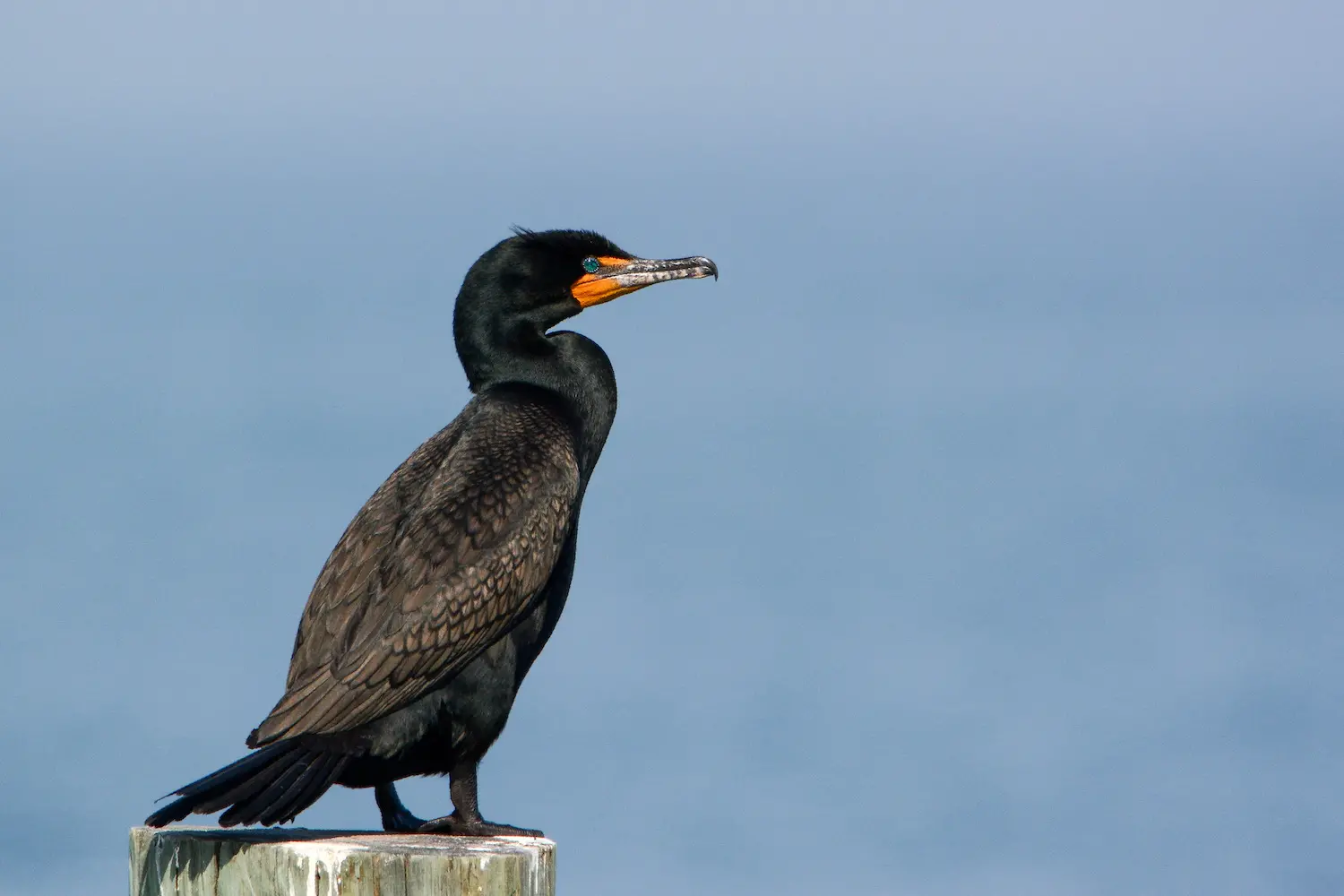
As a social species, the Neotropic Cormorant often nests in colonies, supporting community dynamics crucial for ensuring species continuity. Their nesting habits hinge on proximity to water, which provides both food sources and safety. This versatile bird demonstrates the critical role of cormorants across different environments acting as indicators of ecosystem health while highlighting the interconnected nature of aquatic life.
Physical Characteristics
Cormorants display an array of physical traits that contribute to their success as proficient divers and fishermen. Their robust body structures, distinct bill shapes, and striking plumage are defining characteristics that differentiate various species within the family Phalacrocoracidae. Each adaptation serves a purpose, enabling cormorants to thrive in their respective habitats.
Size and Weight
Cormorants vary significantly in size, typically measuring between 19 to 40 inches in body length. The average weight ranges from 1.5 to 7.7 pounds, depending on the species. For example, the Great Cormorant averages about 33 to 36 inches (84–90 cm) in length and weighs between 91.7 to 130.5 ounces (2600-3700 g).
| Species | Length (inches) | Wingspan (inches) | Weight (pounds) |
|---|---|---|---|
| Great Cormorant | 33-36 | 51-63 | 4.0-8.1 |
| Double-Crested Cormorant | 26-32 | 45-52 | 3.5-8.5 |
| Brandt’s Cormorant | 25-30 | 40-50 | 4.0-6.0 |
| Neotropic Cormorant | 25-27 | 39-41 | 2.4-3.3 |
Coloration and Plumage
Cormorants are primarily characterized by their glossy black plumage, particularly among species in the Northern Hemisphere. Southern Hemisphere cormorants, in contrast, may display lighter colorations, including grayish bodies with distinctive black markings.
The Great Cormorant, for instance, transitions between vibrant breeding plumage rich in color to muted non-breeding colors, thus reflecting seasonal changes in reproductive hormonal activity. Juveniles often exhibit lighter, brownish tones.
Additionally, various species, such as the Neotropic Cormorant, manifest unique coloration traits during breeding, including thin white plumes and yellow throat markings distinct features that enhance their visibility during courtship.
| Species | Breeding Plumage Coloration | Non-Breeding Plumage Coloration | Juvenile Coloration |
|---|---|---|---|
| Great Cormorant | Dark with white patches | More muted | Brownish with white |
| Double-Crested Cormorant | Black with white tufts | Matte black | Dark, dull hues |
| Brandt’s Cormorant | Cobalt-blue throat patch | Blackish | Paler brown tones |
| Neotropic Cormorant | Black with white plumes | Mostly black | Dark, brownish hues |
Bill Structure
The bill structure of cormorants is particularly adapted for their piscivorous diet. Cormorants possess long, thin, and hooked bills that enable them to effectively capture and grip slippery prey such as fish. The specialization of their bills enhances their hunting capabilities, showing them to be experts in navigating underwater environments.
Unlike other diving birds, cormorants’ bills have serrated edges that help them retain their catch even underwater. This adaptation is crucial, as their primary diet relies heavily on fish, requiring both a quick strike and a firm grip to secure their meal. These unique bill characteristics, coupled with their remarkable diving abilities, embody the successful evolutionary trajectory of cormorants.
Habitat
The adaptability of cormorants extends to various habitats, highlighting their versatility as aquatic birds. Cormorants can thrive in coastal environments as well as freshwater habitats, allowing them to occupy an extensive geographical range. Their distribution reflects both species-specific preferences and ecological demands.
Coastal Environments
In coastal environments, cormorants are often seen near rocky shorelines, where they can access abundant fishing resources. Species such as the Great Cormorant and Brandt’s Cormorant flourish in these habitats, utilizing cliffs and islands for nesting sites. The Great Cormorant is known for its ability to dive proficiently, capturing fish in the nutrient-rich waters off the coast, profoundly affecting local fish populations.
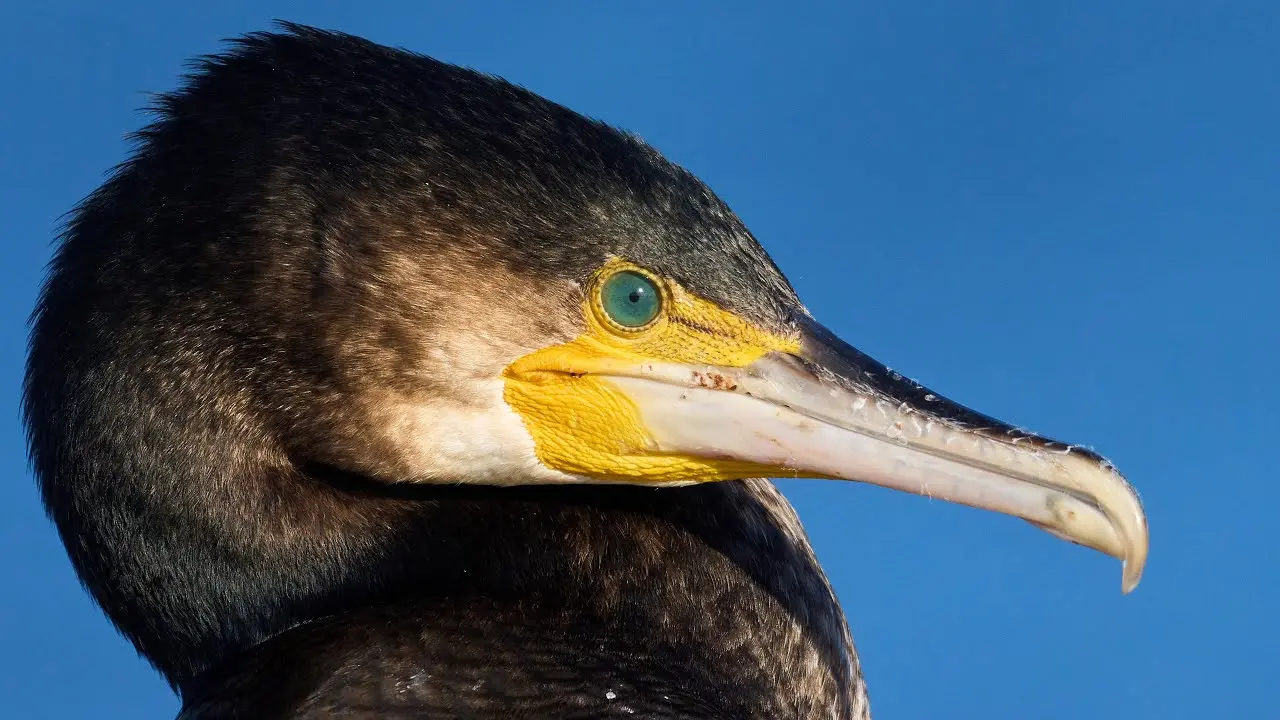
The preference for rocky coastlines not only aids in hunting efficiency but also provides safety from potential land-based predators. Nesting on cliffs protects cormorants from terrestrial threats while allowing secure access to the ocean’s bounty.
Freshwater Habitats
Cormorants also thrive in freshwater habitats, including lakes, rivers, and marshes. The Double-Crested Cormorant in particular exhibits flexibility, utilizing both freshwater and brackish environments for feeding. These settings allow for a varied diet, consisting of bottom-dwelling fish and aquatic invertebrates.
Their nesting habits in freshwater habitats often resemble those in coastal areas, with cormorants typically establishing colonies near abundant food sources. The adaptability to freshwater ecosystems underscores the resilience of cormorants in diverse settings.
| Habitat Type | Commonly Found Species | Key Features |
|---|---|---|
| Coastal Environments | Great Cormorant, Brandt’s Cormorant | Rocky shorelines, islands, and cliffs |
| Freshwater Habitats | Double-Crested Cormorant | Lakes, rivers, and marshes |
Behavior
Cormorants are social birds that engage in various captivating behaviors, particularly with respect to their feeding, nesting, and social interactions. Each of these behaviors is essential for their survival and reproduction, providing insights into their adaptability and ecological significance.
Feeding Habits
Cormorants are primarily piscivorous, mainly depending on fish as their primary food source. They possess impressive hunting abilities characterized by pursuit diving, where they propel themselves underwater to catch prey. Cormorants often hunt in groups, which enhances their fishing efficiency by driving schools of fish toward shallow areas.
Feeding occurs mainly at dawn and dusk, aligning with the time when fish are most active near the surface. While diving, cormorants can reach depths of 1 to 2 meters for short durations, effectively capturing fish with their hooked bill. Their hunting techniques highlight their adaptability in both freshwater and saltwater environments.
Diving Techniques
The diving technique employed by cormorants is both innovative and efficient. By utilizing powerful thrusts from their legs, they can reach considerable depths and navigate through water with remarkable agility. The large webbed feet serve as effective paddles, allowing them to swim proficiently while searching for fish.
Cormorants typically remain submerged for up to a minute during pursuit dives, with record dives reaching depths of 80 meters (approximately 262 feet). The flexibility of their diving behavior illustrates their evolutionary success, adapting to hunting behaviors that optimize their access to fish-rich environments.
Social Structure
Cormorants are highly social birds that often nest in colonies, fostering community dynamics crucial for successful reproduction. These colonies can range from a few pairs to thousands of breeding pairs, with larger colonies providing safety from predators and shared resources.
Communication within cormorant colonies involves vocalizations, displays, and synchronized movements, essential for establishing territory and attracting mates. Their interactions demonstrate the complexity of social structures among these birds, underscoring their adaptability within diverse environments.
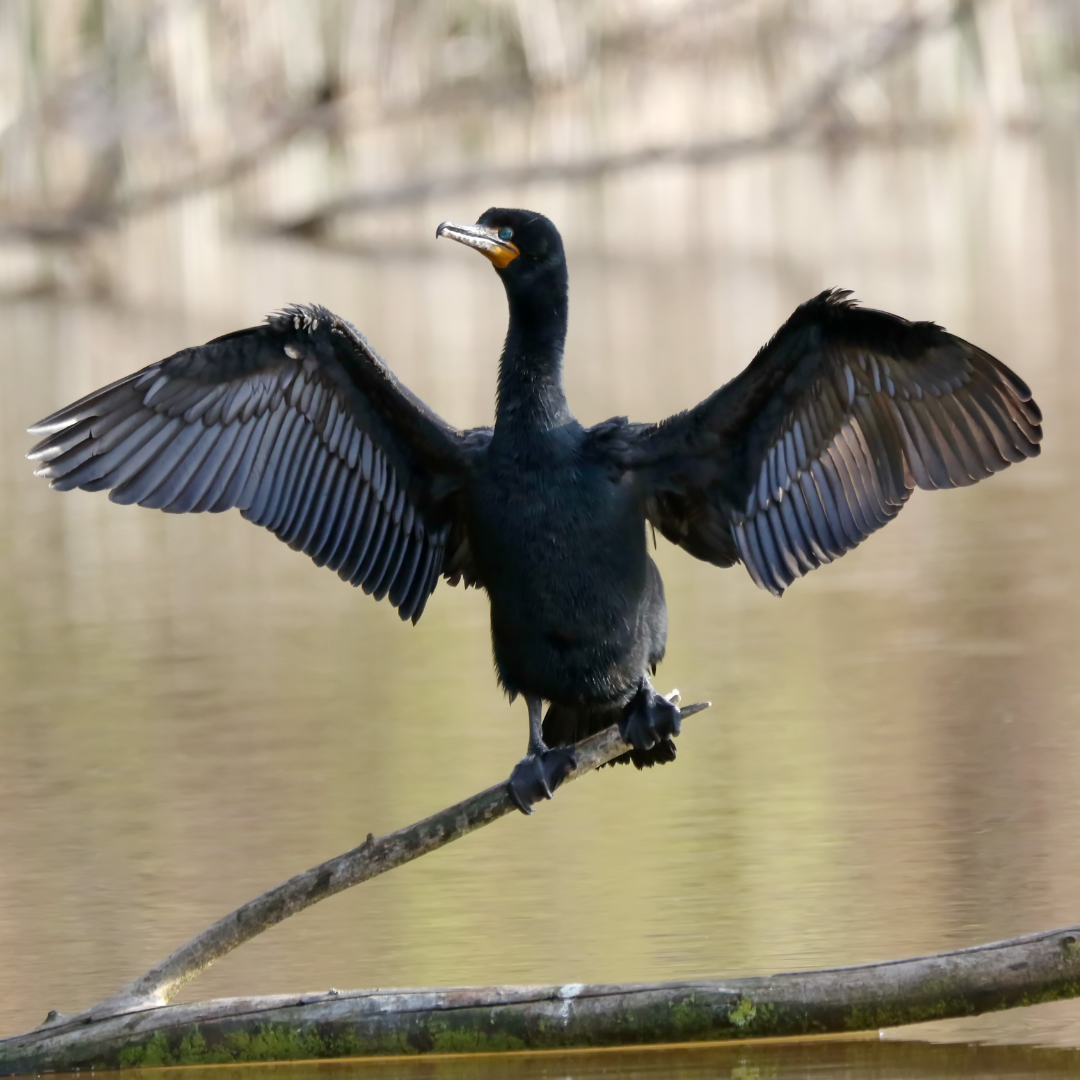
Conservation Status
Understanding cormorants’ conservation status highlights the need for ongoing monitoring and management strategies.
Threats to Life
Despite being listed as “Least Concern” on the IUCN Red List, cormorants face numerous localized threats that impact their populations. Common threats include habitat loss due to coastal development and water pollution that disrupts fish populations. Furthermore, cormorants are sometimes viewed as competition for fish resources, leading to negative interactions with fisheries and management practices that may include culling.
| Threat Type | Description |
|---|---|
| Habitat Loss | Destruction of nesting and feeding areas due to urbanization |
| Pollution | Contaminants affecting food sources and health |
| Human-Wildlife Conflicts | Competitions with fisheries leading to lethal management |
| Predation | Young cormorants vulnerable to various predators |
| Invasive Species | Disruption of local food supplies and nesting success |
Conservation Efforts
In response to these challenges, numerous conservation efforts have been established to protect cormorants across their geographical range.
- Protected Areas: Establishment of wildlife reserves ensures vital nesting and feeding grounds remain intact.
- Monitoring Programs: Research initiatives help track population trends and inform management strategies.
- Public Awareness: Education efforts foster coexistence strategies between humans and cormorants.
- Nonlethal Management: Strategies focus on mitigating conflicts without resorting to lethal measures, promoting population health.
- Legislation: Protections under laws like the Migratory Bird Treaty Act ensure sustainable management practices.
The implementation of these conservation strategies is instrumental in preserving cormorant populations and maintaining healthy ecosystems.
Population Trends
Cormorants, particularly the Great Cormorant and Double-Crested Cormorant, have experienced population increases in many regions. A significant uptick has been observed, leading to conflicts with fishing interests and necessitating effective population management practices.
In North America, the resurgence of cormorants in regions like the Laurentian Great Lakes has garnered attention, resulting in regulations managing cormorant populations to alleviate the pressure on fish stocks.
Cultural Significance
Cormorants have woven their way through the cultural tapestry of various societies, playing both practical and symbolic roles that highlight their relationship with humans.
Historical Uses
Historically, cormorants have been utilized in fishing practices across cultures. In Japan, for over a millennium, cormorants have been trained for a traditional fishing method known as “ukai,” where they catch fish for fishermen, symbolizing a unique partnership between humans and nature.
| Country | Historical Use | Description |
|---|---|---|
| Japan | Ukai | Trained cormorants catch fish for fishermen |
| China | Traditional fishing practices | Tethered cormorants dive to retrieve fish |
| Peru | Guano collection | Collected for use as fertilizer |
Folklore and Symbolism
Cormorants also hold varied meanings in folklore. They are often seen as symbols of resilience and adaptability. In some Native American cultures, cormorants are viewed as powerful predators enhancing spiritual insight. Conversely, in European cultures, they can represent themes of greed and gluttony, often depicted negatively.
| Culture | Symbolism | Examples |
|---|---|---|
| Native American | Resilience and spiritual insight | Featured in ceremonies |
| European | Greed and consumption | Portrayed in literature |
| Scandinavian | Good omens and ancestral spirits | Believed to convey messages from the deceased |
Cormorants in Fishing Practices
In more recent times, cormorants continue to be integral to various local fishing practices, particularly in Asia. Cormorant fishing, a traditional method, remains a cherished part of cultural heritage and provides insights into sustainable fishing techniques that rely on cooperation between man and bird.
Birdwatching and Observation
Cormorants present an exciting opportunity for birdwatchers, with various prime locations across North America offering a chance to observe these magnificent waterbirds.
Best Locations for Viewing
- Northeastern North America: Great cormorants along the rocky shorelines of New England and Atlantic Canada.
- Everglades National Park, Florida: Home to a rich diversity of bird species, including the Double-crested Cormorant.
- Cape May, New Jersey: A renowned migration hotspot with opportunities to observe various cormorants.
| Location | Notable Species |
|---|---|
| Northeastern North America | Great Cormorant |
| Everglades National Park, Florida | Double-Crested Cormorant |
| Cape May, New Jersey | Various Cormorant Species |
Tips for Spotting Cormorants
- Know Their Habitat: Familiarize yourself with shorelines, lakes, and marshes where cormorants are likely to congregate.
- Observe Their Behavior: Watch for their diving activity; they often dry their wings by extending them.
- Use Binoculars: Enhance your viewing capability by using binoculars to observe them from a distance.
Equipment for Birdwatching
- Binoculars: An essential tool for anyone interested in observing birds, ideally with magnifications between 8x-10x.
- Camera Gear: A DSLR or mirrorless camera with good zoom capability lets you capture stunning images of cormorants in action.
- Field Guides: Always beneficial for identifying local species, helping distinguish between different cormorant types.
Conclusion
Cormorants are not just birds that share our lakes and rivers; they are remarkable creatures that play significant roles in aquatic ecosystems. Their diversity, behavior, and unique adaptations illustrate their importance in various environmental contexts. Moreover, cormorants hold cultural significance that exhibits the intricate relationship between humans and wildlife. From traditional fishing practices to the joy of birdwatching, cormorants continue to capture the fascination of nature enthusiasts and researchers alike. Understanding their ecology and conservation needs can facilitate efforts to ensure that these extraordinary birds thrive for future generations.
